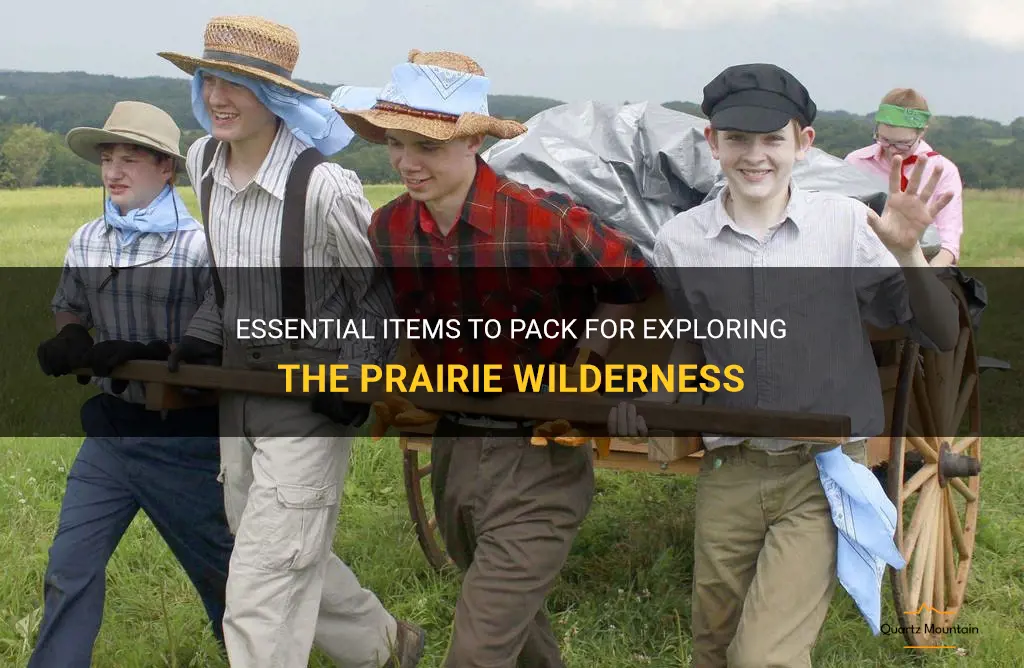
Are you planning a trip to explore the pristine beauty of the prairie wilderness? Before you embark on your adventure, it's important to make sure you have all the essential items packed and ready to go. From sun protection to insect repellent, navigation tools to sturdy hiking boots, this guide will ensure you are well-prepared for your exploration of the awe-inspiring prairies. So grab your backpack and get ready to discover the wonders that await you in the vast open spaces of the prairie wilderness.
| Characteristics | Values |
|---|---|
| Clothing | Light layers |
| Footwear | Comfortable |
| Hat | Wide-brimmed |
| Sunglasses | UV protected |
| Sunscreen | High SPF |
| Insect repellent | DEET free |
| Water bottle | Reusable |
| Snacks | Non-perishable |
| First aid kit | Essential items |
| Map | Local area |
| Camera | Compact |
| Binoculars | Lightweight |
| Field guide | Local species |
| Backpack | Lightweight |
| Camping gear | Tent, sleeping bag |
| Cooking supplies | Stove, utensils |
| Toiletries | Travel-sized |
| Flashlight | Extra batteries |
| Firestarter | Matches |
What You'll Learn
- What types of clothing should I bring for a prairie trip?
- Are there any specific items or gear that are essential for exploring the prairie?
- Are there any items that I should pack for protection against insects or other wildlife in the prairie?
- What kind of footwear is recommended for walking on the prairie?
- Are there any special considerations for prairie packing based on the season or weather conditions?

What types of clothing should I bring for a prairie trip?

If you're planning a trip to the prairie, it's important to be prepared with the right clothing. The prairie can be an unpredictable environment with rapidly changing weather conditions, so it's crucial to have the appropriate attire to stay comfortable and protected during your trip. Here are some types of clothing that you should consider packing for a prairie adventure.
Layered Clothing:
The prairie can experience drastic temperature changes throughout the day, so it's essential to dress in layers. Start with a lightweight and breathable base layer, such as a moisture-wicking T-shirt or tank top. This will help regulate your body temperature and keep you dry. On top of the base layer, add a long-sleeved shirt or a lightweight sweater for insulation. Finally, top it off with a windproof and waterproof outer layer, such as a jacket or a raincoat, to protect yourself from the elements.
Sturdy Pants:
Choose pants that are comfortable, durable, and provide protection against thorny plants and insects. Opt for lightweight, quick-drying hiking pants or cargo pants that are made of breathable fabric. Avoid wearing shorts, as they expose your legs to potential hazards in the prairie environment.
Hats and Sunglasses:
Protecting yourself from the sun is crucial when visiting the prairie. Bring a wide-brimmed hat that shades your face, neck, and ears from the sun's rays. Additionally, sunglasses with UV protection are essential to shield your eyes from harmful UV radiation. Look for sunglasses that provide full coverage and have polarized lenses to reduce glare.
Sturdy Footwear:
Choose comfortable and sturdy footwear that provides support and protection for your feet. Hiking boots or trail shoes with a good tread are ideal for walking on uneven terrain in the prairie. Make sure your footwear is waterproof or at least water-resistant, as the prairie can be wet and muddy in some areas.
Socks:
Invest in high-quality, moisture-wicking socks to keep your feet dry and blister-free. Look for socks made of merino wool or synthetic materials that provide cushioning and prevent friction. Pack enough pairs of socks to last throughout your trip, and consider bringing extras in case of unexpected circumstances.
Insect Repellent:
The prairie is home to various insects, including mosquitoes and ticks, which can carry diseases. Apply insect repellent to exposed skin and clothing to ward off these potentially harmful pests. Choose a repellent that contains DEET or other recommended active ingredients for maximum protection.
Sunscreen and Lip Balm:
Don't forget to pack sunscreen with a high SPF rating to protect your skin from the sun's harmful UV rays. Apply it liberally to all exposed areas, including your face, neck, arms, and legs. Additionally, bring a lip balm with SPF to prevent chapped and sunburned lips.
Remember, these are just general recommendations, and it's important to consider the specific conditions of the prairie you'll be visiting. Check the weather forecast before your trip and adjust your clothing accordingly. When in doubt, it's better to pack extra layers and be prepared for changing weather conditions. By packing the right clothing, you can ensure a comfortable and enjoyable prairie adventure.
Essential Items to Pack When Traveling Overseas
You may want to see also

Are there any specific items or gear that are essential for exploring the prairie?
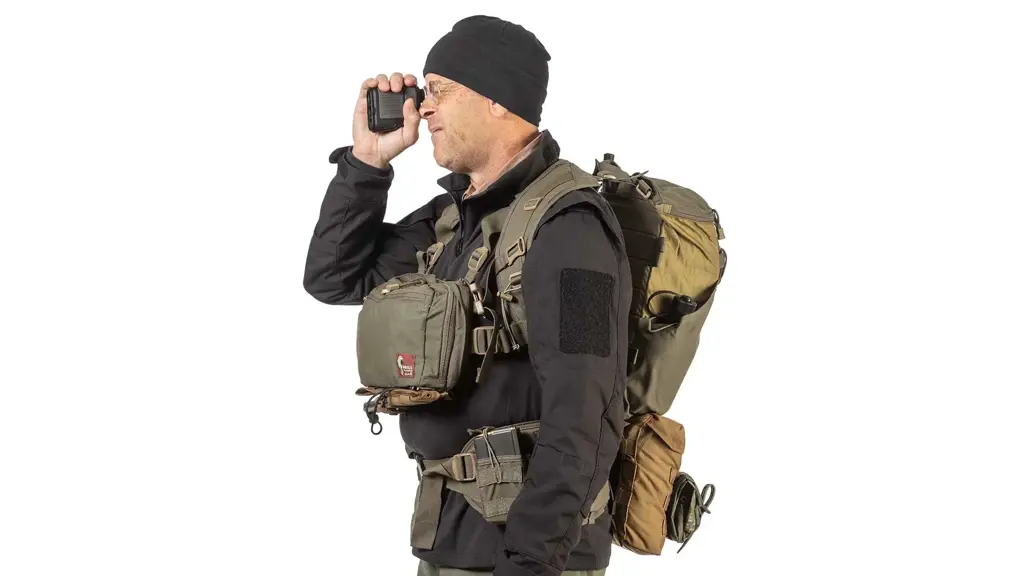
Exploring the prairie can be an exhilarating adventure, but it's important to be well-prepared and equipped for the journey. Whether you're an experienced explorer or a newcomer to prairie exploration, there are a few essential items and gear that you should always have with you. These tools will not only make your exploration more enjoyable but also help ensure your safety in case of emergencies.
- A reliable map and compass: Navigating through the prairie can be challenging, especially if you're exploring unfamiliar territory. A detailed map and compass will help you stay on the right track and prevent you from getting lost. Make sure to study the map beforehand and familiarize yourself with basic orienteering skills.
- Sturdy hiking boots: The prairie terrain can be uneven, with tall grasses, rocky areas, and uneven ground. A good pair of hiking boots with ankle support will provide stability and protect your feet from potential injuries. Look for boots that are waterproof and have good traction to ensure a comfortable and safe hiking experience.
- Lightweight and breathable clothing: The prairie can get hot during the day, so it's essential to wear lightweight and breathable clothing to stay cool and comfortable. Opt for moisture-wicking fabrics that will keep you dry and protect you from the sun's harmful rays. Additionally, consider wearing long sleeves and pants to protect yourself from insects and thorny vegetation.
- Sun protection: The prairie offers little shade, and the sun's rays can be intense. Always carry sunscreen with a high SPF and apply it generously to all exposed areas of your body. Don't forget to wear a wide-brimmed hat and sunglasses to protect your face and eyes from the sun.
- Insect repellent: Mosquitoes, ticks, and other biting insects can be prevalent in the prairie. Protect yourself from these pests by using a reliable insect repellent. Look for products containing DEET, picaridin, or oil of lemon eucalyptus, as these are effective in repelling a wide range of insects.
- Drinking water and snacks: Exploring the prairie can be physically demanding, so it's crucial to stay hydrated and energized. Bring an ample supply of drinking water and carry high-energy snacks like trail mix or energy bars to keep your energy levels up during your exploration.
- First aid kit: Accidents can happen anywhere, including the prairie. Always carry a well-stocked first aid kit with essential items such as bandages, antiseptic wipes, pain relievers, and any necessary medications. It's also a good idea to have a basic knowledge of first aid techniques in case of an emergency.
- Binoculars and a camera: The prairie is home to a diverse range of wildlife and breathtaking landscapes. Bring a pair of binoculars to get a closer look at birds and other animals from a distance. A camera is also essential to capture the beauty of the prairie and create lasting memories of your exploration.
Remember, the prairie is a delicate ecosystem, and it's important to leave no trace behind. Take all your trash with you and respect the flora and fauna that call the prairie home. By being well-prepared and following these tips, you can have a safe and enjoyable prairie exploration experience.
Essential Items to Pack for Your Next Climbing Trip
You may want to see also

Are there any items that I should pack for protection against insects or other wildlife in the prairie?
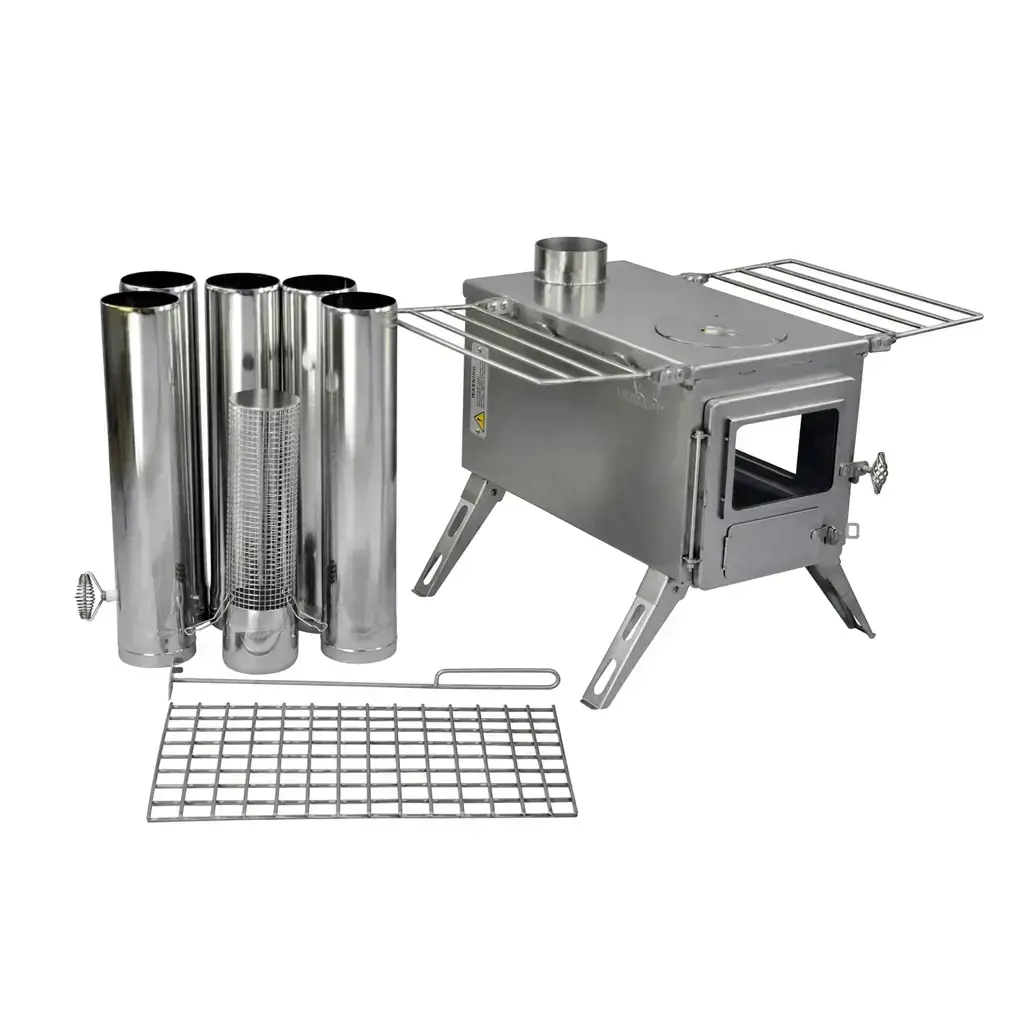
If you're planning a visit to the prairie, it's important to be prepared for encounters with insects and wildlife. While the prairie can be a beautiful and peaceful place, it is also home to a variety of creatures that may pose a threat to your safety. To ensure that your trip is enjoyable and safe, there are a few items that you should consider packing for protection against insects and other wildlife.
First and foremost, it's always a good idea to bring insect repellent. Mosquitoes, ticks, and other biting insects are common in prairie habitats, and their bites can be not only irritating but also carry diseases. Look for a repellent that contains DEET, which is known to be effective against a wide range of insects. Alternatively, you may choose to use a natural repellent containing plant-based ingredients like citronella or eucalyptus oil. Whichever type of repellent you choose, be sure to apply it according to the instructions on the label and reapply as directed to ensure maximum protection.
In addition to insect repellent, you may also want to pack clothing that provides added protection against bites. Long-sleeved shirts, long pants, and closed-toe shoes can help to minimize exposed skin and reduce your risk of insect bites. Opt for lightweight and breathable fabrics to stay cool in the prairie heat, but be sure that they are also tightly woven to prevent insects from getting through.
Another item to consider packing is a hat with a wide brim. Not only will this help to shade your face from the sun, but it can also provide protection against biting flies and other flying insects. Additionally, wearing a hat can help to keep ticks away from your scalp and hair, reducing the risk of tick bites.
If you plan on spending a lot of time hiking or walking in the prairie, it's a good idea to bring a walking stick or trekking poles. These tools can be used to help navigate uneven terrain, but they can also be used to fend off any wildlife that may approach too closely. While encounters with aggressive wildlife are rare in prairie habitats, it's always better to be safe than sorry.
Finally, it's important to remember that the prairie is home to a variety of wildlife, including snakes and spiders. While most of these creatures are harmless, it's still a good idea to be cautious. Consider packing a snakebite kit and/or a small first aid kit with supplies for treating minor injuries. Additionally, familiarize yourself with the species of snakes and spiders that are common in the area you will be visiting so that you can easily identify them and know how to respond if you encounter one.
By packing these essential items, you can better protect yourself against insects and other wildlife while enjoying the beauty of the prairie. Remember to always follow park regulations and guidelines while visiting, and be sure to educate yourself on local wildlife and their behaviors. By being prepared and respectful of the environment, you can have a safe and enjoyable experience in the prairie.
The Essential Foods to Pack for a School Trip
You may want to see also

What kind of footwear is recommended for walking on the prairie?
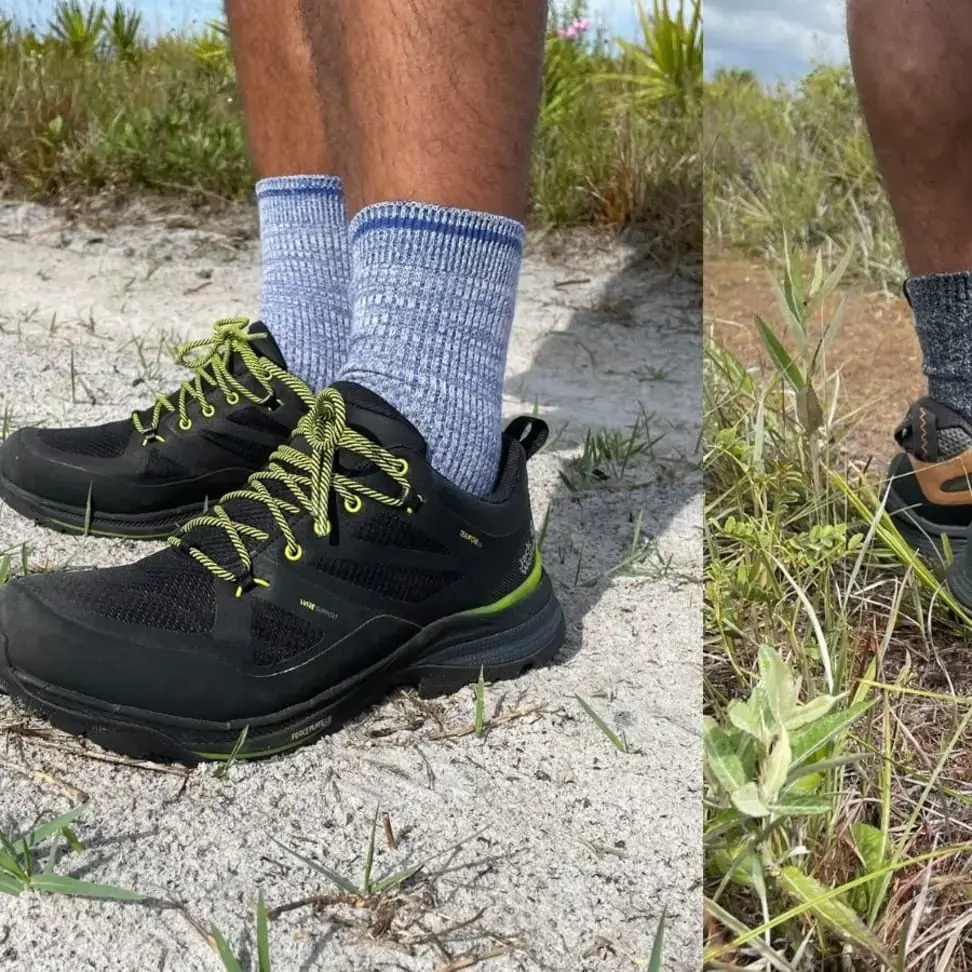
When venturing out onto the prairie, it is important to wear appropriate footwear to ensure comfort, safety, and protection. The prairie landscape can be diverse, ranging from open grasslands to rocky surfaces, so it is crucial to choose footwear that can withstand the various conditions you may encounter. Here are some recommendations for the best footwear when walking on the prairie.
- Sturdy Hiking Boots: Invest in a pair of sturdy hiking boots that provide excellent ankle support and have a thick, durable sole. Prairie trails can be uneven, and having proper ankle support can prevent injuries from twisting or rolling your ankles. The thick sole will also protect your feet from sharp rocks or uneven terrain.
- Breathable and Lightweight Material: Consider footwear made from breathable and lightweight materials to keep your feet cool and comfortable during long walks on the prairie. Synthetic materials like nylon or mesh are ideal as they allow air circulation while providing ample protection.
- Water-Resistant or Waterproof: Prairie landscapes can sometimes be wet or marshy, so having water-resistant or waterproof footwear can be beneficial. Look for hiking boots with a waterproof membrane or treated with a water-repellent coating to keep your feet dry. This feature will also protect your feet from getting wet during rainfall or when crossing streams.
- Traction: Prairie surfaces can be slippery, especially after rain or when encountering muddy areas. To prevent slipping, choose boots with excellent traction, such as ones with lugs or deep treads on the sole. Good traction will provide grip and stability, allowing you to walk with confidence on various surfaces.
- Proper Fit: It is crucial to find footwear that fits well to prevent blisters or discomfort during long walks. Ensure there is enough room for your toes to move freely and that the shoes do not feel too tight or too loose. Trying on footwear before purchasing is essential to determine the best fit for your feet.
- Extra Considerations: Depending on the season or specific prairie location, you might need to consider other factors such as insulation for colder weather or protection from snakes or prickly plants. Insulated boots will keep your feet warm during winter walks, while snake-resistant boots or gaiters can provide added protection from venomous snakes or prickly plants found in some prairie habitats.
In conclusion, wearing the proper footwear is crucial when walking on the prairie. Sturdy hiking boots with ankle support, breathable and lightweight materials, water resistance or waterproof features, good traction, and a proper fit are all key factors to consider. Additionally, taking into account specific prairie conditions, such as insulation or snake protection, will ensure a safe and comfortable experience while exploring this unique landscape. So, gear up with the right footwear and enjoy your walk on the prairie!
What Food to Pack for Kauai: A Guide to Tasty Travel Meals
You may want to see also

Are there any special considerations for prairie packing based on the season or weather conditions?
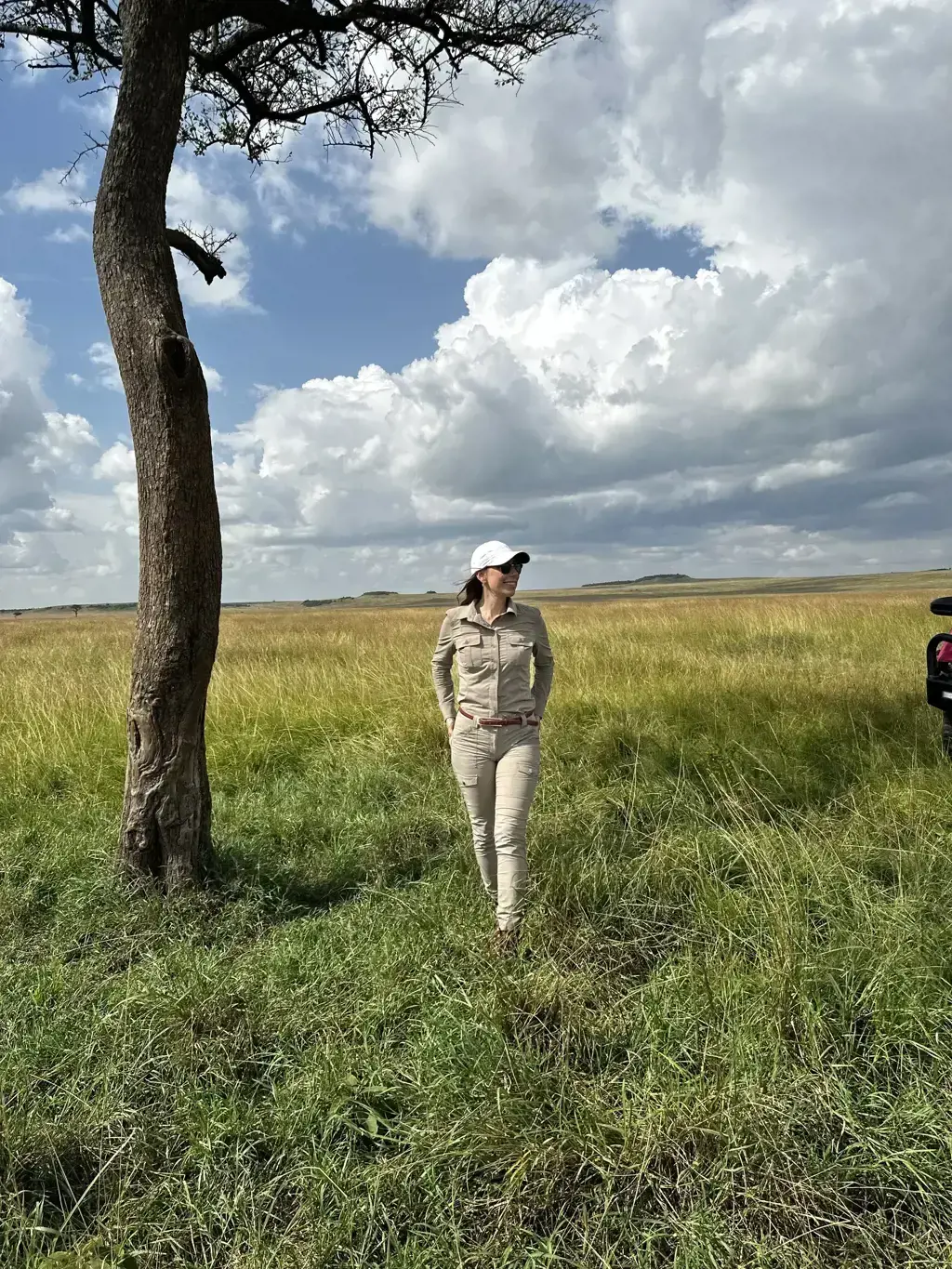
Prairie packing is a method of packing goods or supplies using natural materials found in prairie environments. It is an ancient technique that has been used by indigenous peoples for centuries. The process involves carefully selecting and arranging materials such as grasses, leaves, and branches to create a sturdy and protective packaging.
When it comes to prairie packing, there are certain special considerations that need to be taken into account based on the season or weather conditions. These considerations are crucial to ensure that the packed items remain safe and secure during transportation or storage.
One important consideration is the moisture content of the materials used for packing. In the wet season or during periods of high humidity, the natural materials used for prairie packing may have a higher moisture content. This can make them more prone to mold and decay. It is important to carefully inspect the materials for any signs of moisture damage before using them for packing. Additionally, extra care should be taken to ensure that the packed items are not exposed to excessive moisture during transportation or storage.
In contrast, during the dry season or in arid climates, the materials used for prairie packing may become brittle and more prone to breakage. It is important to select materials that are still flexible and durable enough to provide adequate protection. Choosing materials that are naturally resistant to moisture, such as certain types of grasses or leaves, can help mitigate the effects of the dry conditions.
Extreme weather conditions, such as heavy rain, strong winds, or snowstorms, can also pose challenges for prairie packing. In these situations, it is important to reinforce the packing materials to ensure they can withstand the elements. For example, additional layers of grasses or leaves can be added to provide extra protection and insulation. Alternatively, more durable materials, such as branches or twigs, can be used to create a stronger and more secure packing structure.
It is also important to consider the temperature variations that can occur throughout different seasons. Extreme temperature fluctuations can affect the integrity of the packing materials and the items being packed. For example, freezing temperatures can cause the materials to become brittle and more prone to breakage. Similarly, high temperatures can cause the materials to wilt or decay. Care should be taken to select materials that can withstand the temperature variations and to pack the items in a way that minimizes their exposure to extreme temperatures.
Finally, it is important to keep in mind that the availability of materials may vary depending on the season or weather conditions. Some grasses or leaves may be more abundant during certain times of the year, while others may be scarce. It is important to be flexible and adaptable when it comes to selecting and sourcing materials for prairie packing. Local knowledge and experience can be valuable in identifying the most suitable materials for packing based on the prevailing season or weather conditions.
In conclusion, prairie packing is a versatile and sustainable method of packaging that can be adapted to different season or weather conditions. By considering factors such as moisture content, brittleness, weather resistance, temperature fluctuations, and material availability, prairie packing can provide effective protection for goods or supplies during transportation or storage. With careful planning and attention to detail, prairie packing can be a reliable and eco-friendly solution for packaging needs.
What to Pack for a Trip to Amsterdam in February
You may want to see also
Frequently asked questions
When packing for a trip to the prairie, it is important to consider the weather and terrain. Be sure to pack comfortable and sturdy footwear, as prairies can have uneven terrain and tall grasses. It is also recommended to bring sunscreen, a hat, and lightweight, breathable clothing to protect against the sun and heat. Don't forget to pack insect repellent to ward off mosquitoes and other bugs. Lastly, be sure to pack plenty of water and snacks to stay hydrated and energized during your time in the prairie.
If you are planning to do some wildlife viewing on the prairie, it is useful to pack a pair of binoculars or a camera with a zoom lens to get a closer look at animals from a safe distance. It can also be helpful to have a field guide or smartphone app for identifying different species of plants and animals that you may encounter. Additionally, consider bringing a notebook and pen to jot down any observations or sightings during your prairie adventure.
Although prairies are generally safe environments, it is always important to be prepared for emergencies. Some essential emergency items to have in your pack include a first aid kit with basic supplies such as band-aids, gauze, and antiseptic, as well as any necessary personal medications. It is also a good idea to have a map of the area, a compass or GPS device, and a fully charged cell phone in case you need to call for help. Lastly, consider packing a whistle or signal mirror to attract attention in case of an emergency.
In addition to the essentials, there are a few other items you may want to consider packing for a prairie trip. Packing a lightweight camping chair or blanket can provide a comfortable place to sit and relax while enjoying the prairie scenery. If you plan on doing any birdwatching, bring along a bird field guide or a birding app on your smartphone. It can also be helpful to have a pair of gardening gloves or a small trowel for handling and examining plants. Finally, don't forget to bring a backpack or daypack to carry all of your belongings while exploring the prairie.







